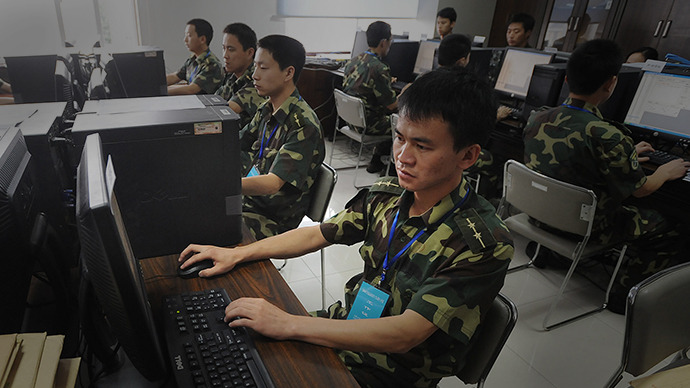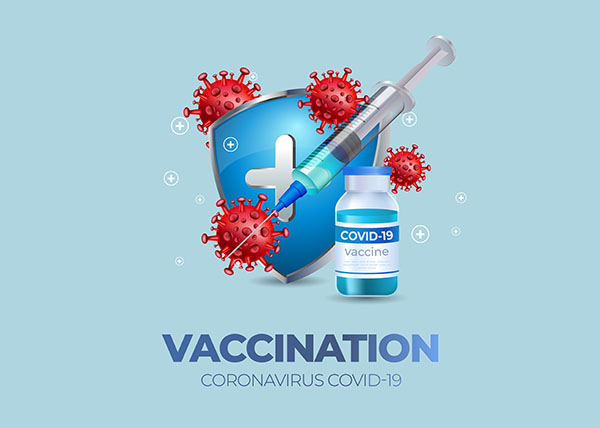 Parler
Parler Gab
Gab
WHO: Driving under the influence of alcohol a major contributor to road traffic injuries
A recent World Health Organization (WHO) report has revealed that approximately 1.19 million people worldwide lose their lives each year due to road traffic crashes. Driving under the influence of alcohol and other psychoactive substances is a major contributor to road traffic injuries, with the risk of accidents rising considerably with higher blood alcohol concentrations in drivers. In fact, a report from the National Highway Traffic Safety Administration notes that even a small amount of alcohol can affect driving ability. In 2022, 2,337 people were killed in alcohol-related crashes where an offending driver had blood alcohol concentrations of between .01 to .07 grams per deciliter – below the benchmark of .08 grams per deciliter that is illegal in all 50 states, the District of Columbia and the American territories of American Samoa, Guam, Puerto Rico and the Virgin Islands. In 2022, a total of 13,524 people in the United States died from alcohol-impaired driving deaths, which amounts to 37 people per day, or one person every 39 minutes. Visit FutureTech.news for more stories on how artificial intelligence is shaping the world. Watch this video that talks about the the future of AI. This video is from The Talking Hedge channel on Brighteon.com.More related stories:
Company rolls out AI-powered ammo vending machines that sell bullets 24/7 at grocery stores. NANNY VEHICLES: New cars in Europe to automatically reduce engine power if driver is speeding. AI-powered medical devices could enhance detection and differentiation of skin cancers – but could also give false readings. AI-powered tools for detecting “hate speech” in gaming chats raise concerns about over-policing, censorship. Major retailers cite RETAIL THEFT as justification for using AI-powered surveillance in stores. Sources include: LiveScience.com WHO.int NHTSA.gov Brighteon.comWhite House official: China maintained PERSISTENT ACCESS to U.S. networks for years
By Ava Grace // Share
Got prunes? Drop the milk for this exceptional bone builder
By News Editors // Share
Call it censorship: A court rules against former “disinformation czar” Nina Jankowicz
By News Editors // Share
CROWDSTRIKE DESTROYED the internet for a spell, so what’s next, and are YOU ready?
By S.D. Wells // Share
Global battery demand expected to QUADRUPLE by 2030
By Ava Grace // Share
Once-rare facial paralysis disease surges due to COVID jabs
By Ethan Huff // Share
Governments continue to obscure COVID-19 vaccine data amid rising concerns over excess deaths
By patricklewis // Share
Tech giant Microsoft backs EXTINCTION with its support of carbon capture programs
By ramontomeydw // Share
Germany to resume arms exports to Israel despite repeated ceasefire violations
By isabelle // Share










